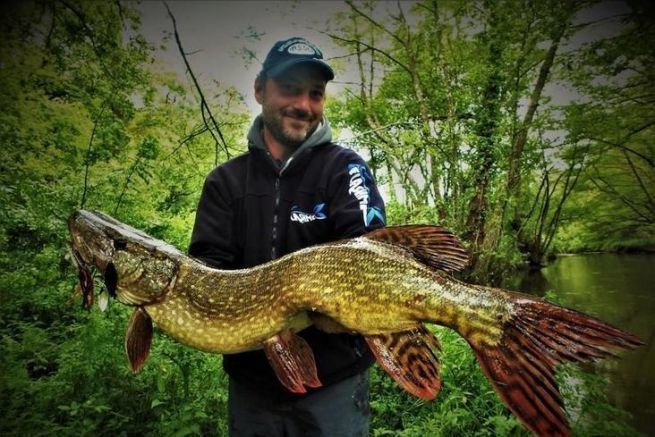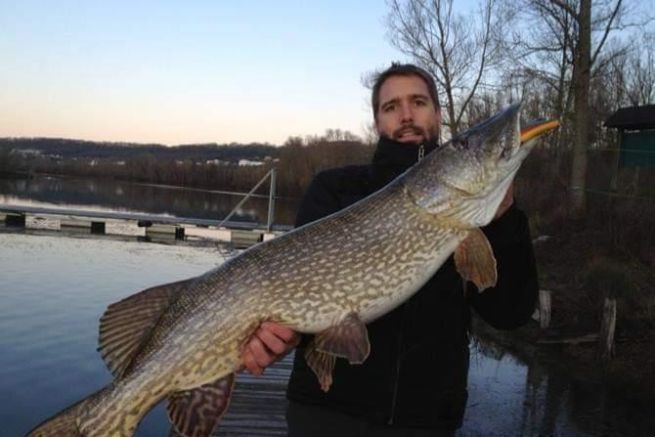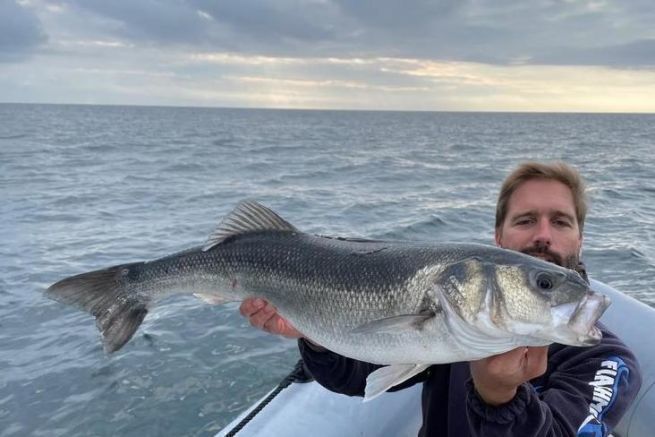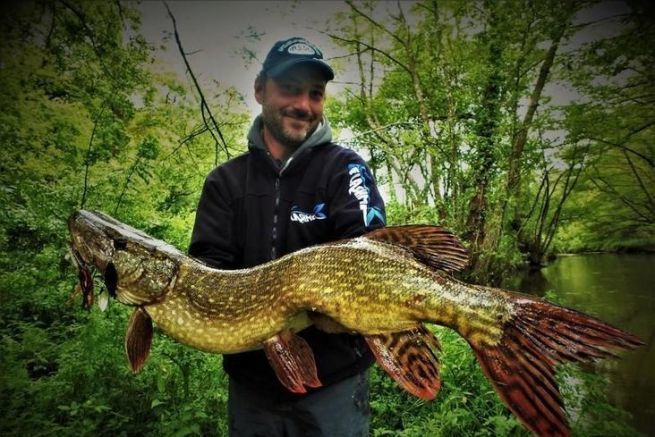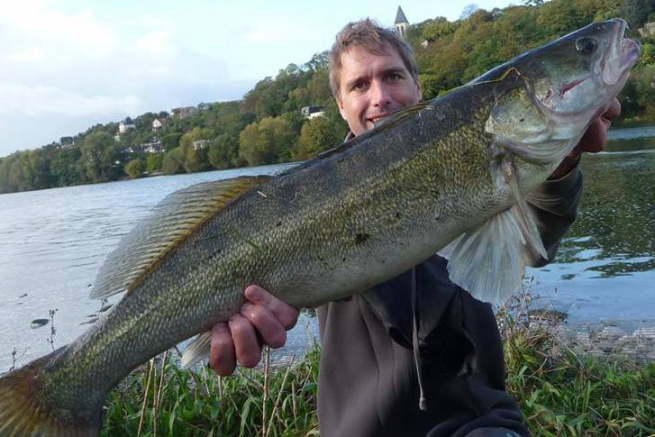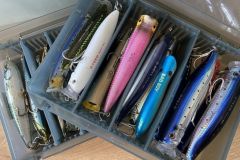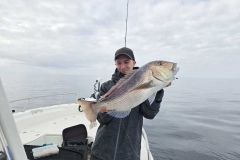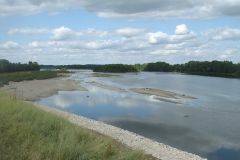Let's face it, catching a trophy fish of a particular species is not possible for everyone. There are contexts and locations that lend themselves particularly well to it, and others where the probability of it happening is close to zero. If this is your goal, here are the factors to focus on to achieve it.
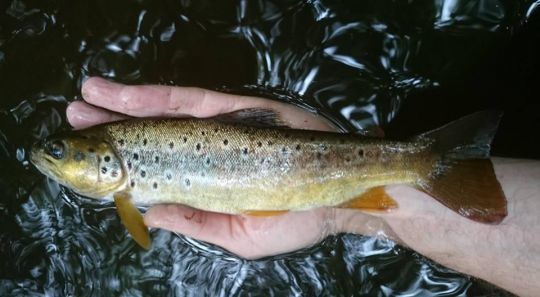
The environment
In a previous topic, we didn't even mention the symbolic sizes of trout, as their maximum size is so dependent on the environment in which they live. Indeed, in the acid waters of streams, a trout of mesh size is already a rare catch, so when it exceeds 30 cm, it's an exception and 40 cm a dream. Meanwhile, there are still rivers in France, such as the Loue, where individuals of over 1 m in length reside...
This example applies to all species. There are environments and conditions that favor and make possible the presence of large specimens. For example, it's easier to catch a metered pike in Lake Geneva than in the Canal de l'Ourcq, but that's not saying it's easy.

Fisheries management
At a time when fish populations have sometimes been genuinely endangered, and when many Aappma are implementing real management policies to revive them, it appears that certain measures favor the multiplication of large fish. Indeed, the increase in legal catch sizes and the limitation of harvesting (see total no-kill) encourage the development of fish stocks and enable fish to reach larger sizes.
In addition to these measures, some associations have also introduced double meshes (or "catch windows") which allow fishing only above and below a defined size. By prohibiting the harvesting of large fish, this measure encourages the population of record fish, much to the delight of anglers!
Fishing practices
While the Aappma are present in freshwater to ensure the best possible management of fish populations, the situation is different at sea. There are of course legal catch sizes and quotas, but real management relies on the self-discipline of fishermen and their practices.
Indeed, in addition to respecting the law, there is also a certain ethic that is not regulated. For example, it is up to each individual not to fish during the spawning period, to limit his or her catch of species not subject to a quota, not to fish too deeply, etc. In certain regions and for certain species, the damage already seems to have been done, and is difficult to reverse... In certain regions and for certain species, the damage already seems to have been done, and is difficult to reverse...
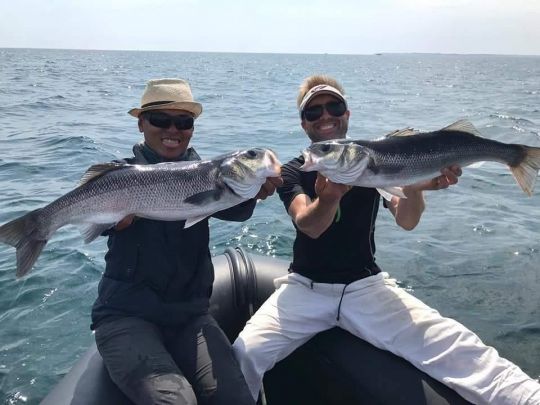
Fishing pressure
While catching big fish obviously depends on their presence, and therefore on the factors described above, it is also more or less easy depending on the existing fishing pressure.
Whatever you say, fish learn, and older or larger fish have learned a lot more (and are certainly more wary!). It's only logical that in places where there are a lot of anglers, the chances of deceiving their vigilance are considerably reduced... For PerchPro enthusiasts, while it's true that some Swedish lakes are teeming with perch over 40 cm in length, and that fishing for them appears easy, we mustn't forget that some lost lakes are only fished once a year... See less!
Population age
Finally, the age of the fish population in an environment is important to ensure that record-breaking fish can remain there. All the more so as some species grow very slowly (even more so in non-adapted environments).
So, if you're looking for a box of pike-perch, it's a good idea to head for Extramadura, but you can always say a prayer if you hope to catch a fish over 80 cm. Indeed, as the pike-perch population on Orellana is very recent (6-7 years), they are very numerous, as they are booming, but haven't had time to reach very large sizes.

